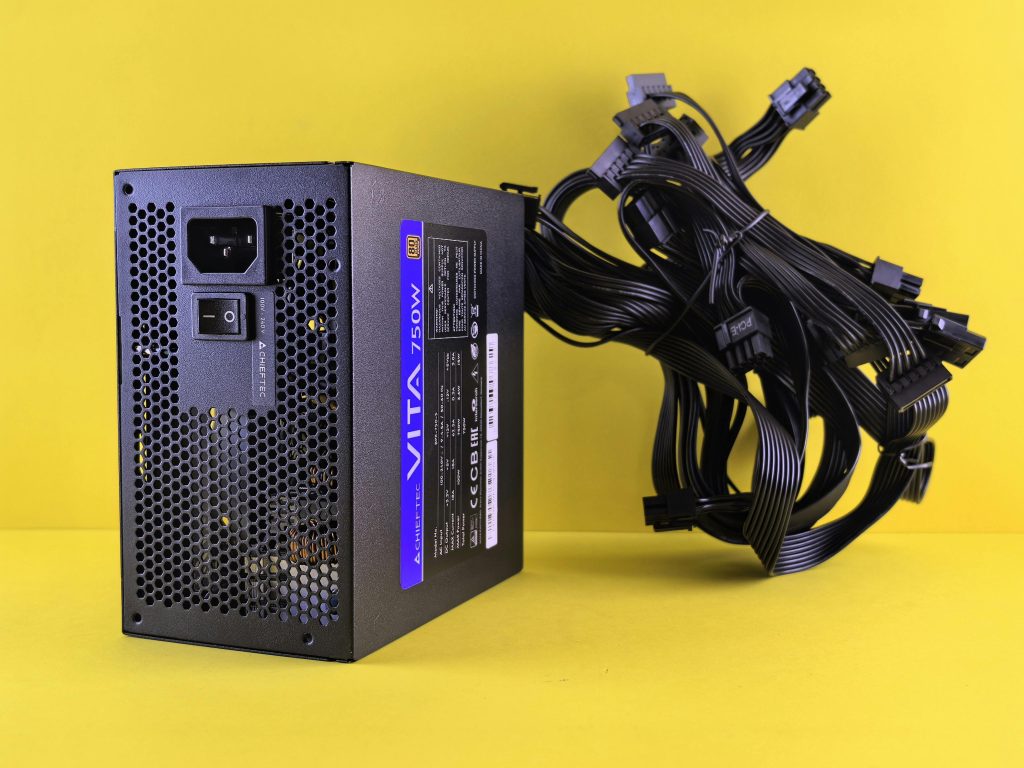Troubleshooting Guide: When Your Hard Drive Isn’t Recognized by Your PC
In today’s digital age, external hard drives are essential for data storage, especially for individuals who need to transfer and back up large amounts of data across different devices. However, it’s not uncommon to encounter issues where your PC fails to recognize your hard drive. This post aims to provide a comprehensive guide on what to do when your hard drive is not being recognized by your PC, as well as how to make it work seamlessly across both Windows and Mac systems.
Understanding the Issue
You’ve been using a hard drive to back up data from your iPad so you could later transfer it to your PC. The problem arises when the hard drive doesn’t appear in the file explorer although it is visible in Disk Management. It’s partitioned and online, yet attempts to change the drive letter or reformat the drive are met with greyed-out options. This can be frustrating, especially when you need the drive to be functional on both a Mac and a PC.
Possible Causes for the Hard Drive Not Being Recognized
Before jumping into solutions, it’s crucial to understand some of the common reasons why your hard drive isn’t being recognized by the system:
-
File System Incompatibility: If a drive is formatted with a file system that’s incompatible with Windows, it may not appear in File Explorer.
-
Driver Issues: Outdated or corrupted drivers can prevent the hard drive from being recognized properly.
-
Drive Letter Conflicts: If the drive letter assigned to the hard drive is already in use by another device, the hard drive may not appear in File Explorer.
-
Partition Problems: A corrupted partition can make the hard drive unrecognizable.
-
Hardware Issues: Faulty USB ports or cables can result in connectivity problems.
Step-by-Step Troubleshooting Guide
1. Check Physical Connections
Ensure that the USB cable you are using is in good condition and securely connected. Try using a different USB port on your PC and, if possible, a different cable.
2. Verify Disk Management
Since you mentioned that the drive appears in Disk Management, follow these steps:
- Open Disk Management: Press
Win + Xand select Disk Management. - Check if the drive is marked as Online. If it’s offline, right-click and choose Online.
- Ensure the drive is properly partitioned. If not, right-click to create a new partition (be cautious as this can erase existing data).
3. Updating or Reinstalling Drivers
- Access Device Manager:
- Press
Win + Xand select Device Manager. -
Look for any entries with a yellow exclamation mark, usually under Disk Drives or Universal Serial Bus controllers.
-
Driver Update:
- Right-click the relevant entry and select Update driver.
-
Choose Search automatically for updated driver software.
-
Reinstall Driver:
- If updating doesn’t work, try uninstalling the driver by right-clicking and selecting Uninstall device. Restart your PC and it should automatically reinstall.
4. Change Drive Letter and Paths
- In Disk Management, right-click the drive that isn’t recognized and select Change Drive Letter and Paths.
- If options are greyed out, ensure the drive is correctly partitioned and formatted for Windows.
5. Reformatting the Hard Drive for Compatibility
Sometimes you need a file system that allows for cross-platform accessibility. This section will guide you on how to reformat the drive for Windows and Mac use.
A. Ensure Data Backup
If you have data on the drive that needs saving, use third-party Software to recover it before reformatting. Some popular recovery tools include EaseUS Data Recovery Wizard and Recuva.
B. Reformat Using the exFAT File System
The exFAT file system is ideal for external drives shared between Windows and Mac systems.
- Format the Drive:
- In Disk Management, right-click your drive and select Format.
- Select exFAT from the File system dropdown list.
-
Complete the quick format process.
-
Using Mac’s Disk Utility:
- Connect the drive to your Mac, navigate to Disk Utility.
- Select your external drive and hit Erase.
- Choose exFAT from the format list and proceed.
6. Check for Hardware Issues
If your hard drive still isn’t recognized:
- Test the hard drive on another computer to rule out hardware failure.
- Try a different external hard drive on your PC to test USB port functionality.
Additional Tips
Frequently Save Backups
Irrespective of the issues, it’s always a good practice to maintain backups on various devices or storage services. Cloud services like Google Drive or Dropbox offer reliable backup solutions and peace of mind.
Regular Hardware Checks
Periodic checks of cables and ports, ensuring they are clean and free of dust, can prevent future connectivity problems.
Stay Updated
Keeping your system and its drivers updated reduces the likelihood of Software compatibility issues.
Conclusion
In conclusion, encountering an unrecognized hard drive can be resolved through systematic troubleshooting of Software and hardware components. Understanding various file systems like exFAT enables seamless cross-platform usage, providing better flexibility in managing your data. With these detailed steps, you should be able to effectively diagnose the problem and enjoy a fully functional external hard drive on both PC and Mac systems.
If your drive still encounters issues, reaching out to a professional may be the next step. Remember, maintaining good hardware health and updated software will often prevent such problems from occurring.
Taking the time to ensure your devices and drives are functioning optimally can save both time and data in the long run.
Share this content:




Response
It sounds like you’re having a frustrating experience with your hard drive not being recognized by your PC. You’ve provided a comprehensive overview of the situation, which is a great start to troubleshooting. Here are some additional tips and insights that might help:
1. Explore Drive Health
If the drive is still not recognized after following the steps in your guide, consider using diagnostic tools such as CrystalDiskInfo or HDDScan. These programs can provide SMART data and help reveal if the drive has any underlying health issues.
2. Check for File System Errors
If your drive is recognized by Disk Management, but not by File Explorer, it might have a file system error. Running
chkdskcan be beneficial. Open Command Prompt with administrative privileges and enter:Replace
Xwith the appropriate drive letter. This command will attempt to fix filesystem errors.3. Power Supply for External Drives
If the external hard drive is USB-powered, ensure that it’s receiving sufficient power. Some external drives require more power than a standard USB port can provide, especially if it has an additional USB connection for power (often a 2.0 USB cable alongside the 3.0 connection).
Hello, thank you for sharing such a comprehensive troubleshooting guide. If your external hard drive is not being recognized, I recommend a few additional steps that might help resolve the issue: